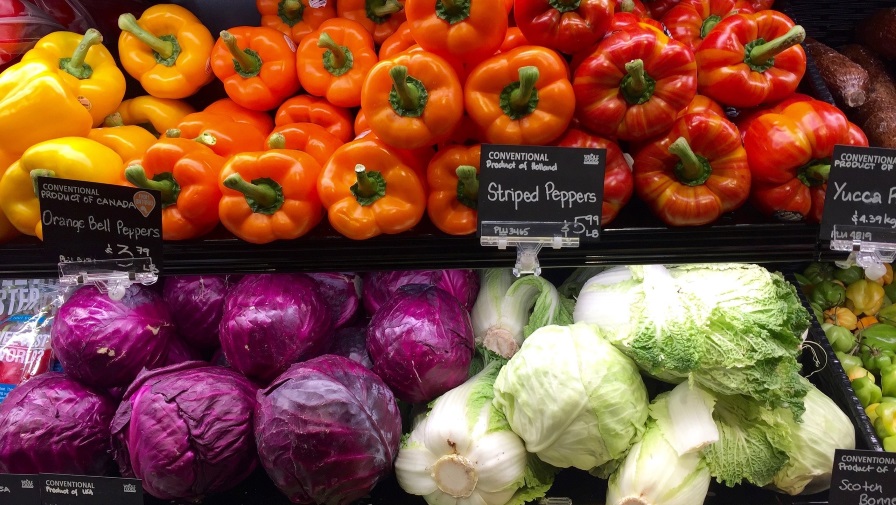UFO Production System For Cherries

But while it does look very different from a traditional central or steep leader training system, it may not be alien for long. Not if Whiting keeps getting the tremendous yields and quality he’s been seeing on certain variety/rootstock combinations in his research orchards. For example, in just their fourth leaf, Bing trees on Gisela 12 rootstocks yielded an astounding 14 tons per acre, well over double the industry average of about 5.5 tons per acre, says Whiting. Of course, with such a heavy crop, there was quite a bit of smaller fruit, with only about half at size 10.5 or larger.
Other combinations were a more natural fit with the UFO system. Whiting reported yields of 9 tons per acre for Skeena on Gisela 12, 8.5 tons of which were 10.5 rows or larger. Like the Bings, the Skeenas were also in their fourth leaf. “We’ve clearly demonstrated the precocity of the system and the potential for high yields of excellent quality fruit,” says Whiting. “That’s the target, an 8- to 9-ton crop to have a nice balance between yield and quality.”
Ready To Mechanize
Whiting and his team developed the UFO system because they wanted to develop an orchard with upright or angled “fruiting walls.” Such an orchard would require much less labor because practices could be mechanized, whether it be mechanical harvesting to, perhaps one day, robotic picking. An orchard comprised of compact walls of fruit is simply more efficient, Whiting believes, pointing to the ease of spray coverage as an example. “You don’t have multiple layers of foliage to blast through,” he says. “In addition, our more traditional, dense canopies are not well-positioned to lend themselves to new technology.”
In addition, the traditional multiple-leader orchard systems always struck Whiting as inefficient because the trees are head-whipped right after planting to develop lateral branches. “Here you paid $8 to $11 for a tree, and then you cut half or more than half of it off, which seems like a waste,” he says. “This (UFO) system takes advantage of all the tree that you pay for.”
Instead of heading the whips, the tree is planted at an angle of 20 to 30 degrees, and then is tied to a trellis wire. (A trellis isn’t absolutely necessary, but Whiting recommends it. See photo.) Dormant buds are removed from the underside of the tree, as well as some on the top, leaving well-positioned, upright buds 12 to 18 inches apart. The key to the UFO system is that cherries are the most apically dominant tree fruit, says Whiting, and apical buds want to grow up, not out. “Normally, you’re always fighting it (upward growth),” he says. “We’re just taking advantage of the way cherries like to grow.”
A League Apart
Whiting doesn’t have to convince Mark Hanrahan of Knight Hill Farms, who grows cherries in the Yakima Valley. One of a handful of growers who’ve been experimenting with UFO-type systems in the past few years, this year Hanrahan harvested third-leaf Tietons that had been planted on Gisela 6. He was seeking a fruiting wall orchard, so he’d planted half the trees on a V-trellis and half on a UFO-type system. (He bent the trees, but did not plant at an angle, as Whiting recommends.) He doesn’t have any exact data, and a hard frost compromised the trial somewhat, but Hanrahan estimates that the UFO trees yielded about three times as much fruit.
But it’s in quality — where the real money is — not in yields that Hanrahan thinks the UFO system will really pay off. He’s been working on a Rainier/Gisela block that shows tremendous promise, with much of the fruit at 9 row or better. “More intensive management should mean 8.5 row size pieces of fruit,” he says. “You’re talking about taking yourself into another league.”









